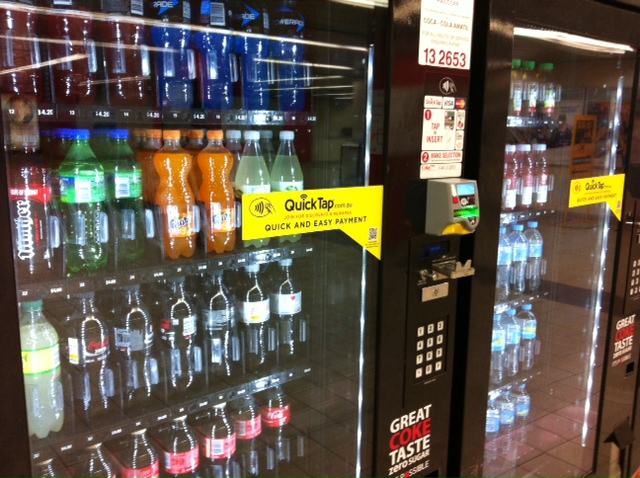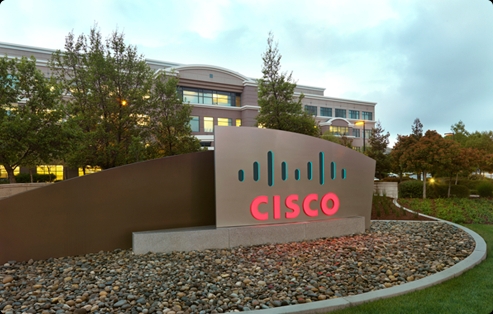As part of the Decoding the New Economy video series, I had the opportunity of interviewing Ken Boal, the head of Cisco Australia and New Zealand, about the Internet of Everything and how it will change business.
“The internet of everything is about things, it’s about people, process and it’s about data,” says Ken. “Compounding together to create new capabilities and drive opportunities for nations, enterprises, government and right down to consumers.”
“It’s a huge transition in the internet’s evolution.”
Reducing the road toll
A previous Cisco presentation looked at some of the ways the internet of everything can reduce road deaths, Ken sees this both private and public sector benefits of the connected economy flowing to consumers and the community.
“When you think about things like traffic congestion, health care and how education is delivered we know there’s huge opportunities for greater efficiency,” says Ken.
“Just on road safety, when we’ve got all the vehicles and trucks connected, when the traffic lights and traffic control systems are all connected,” suggests Ken, “then consumers are going be better informed about what is the most efficient route to work.”
“Cars will be communicating with each other to reduce fatalities and collisions in the future as well.”
Bringing together industrial, consumer and public safety technologies creates a grid of connected devices, including cars, that improve public safety while making industries more efficient.
Of course these connected services come with risks to privacy, particularly when multiple points of data can triangulated despite each individual item being anonymous on their own.
What Ken finds is particularly important is the current value of these technologies with Cisco predicting $1.4 billion in productivity gains through the internet of everything this year, half of which are available for businesses.
A warning for Australia
For Australia, the concern is that business and the economy in general is falling behind, Cisco’s recent Internet of Everything Value Index rated Australia among the BRIC countries in adopting the new technologies.
“We’ve always counted Aussies as fairly innovative and leading edge,” says Ken. “Australia is ranked tenth out of the twelve largest economies in the adoption of internet of everything capablities.”
The countries leading – such as Japan, Germany and the United States – have had a solid record of investing in technology, “in Australia, we’ve had that in the past but we’ve lost our mojo.” Ken says, “IT has been viewed more as a problem – a cost to business – rather than a provider of productivity for the long term.”
How business can adapt
For businesses, the question is how can they take advantage of the internet of everything? “You don’t have to start from scratch,” says Ken. “There are a whole heap of use cases for every vertical.”
“Start to drive some innovation. Think about your business processes at the front end where you touch your customers, look at your supply chains and your back office arrangements driving workforce productivity and how fast can you deliver new innovations to the market.”
“Internet of everything themes can address a whole host of these different processes in different parts of your business.”
Similar posts:






